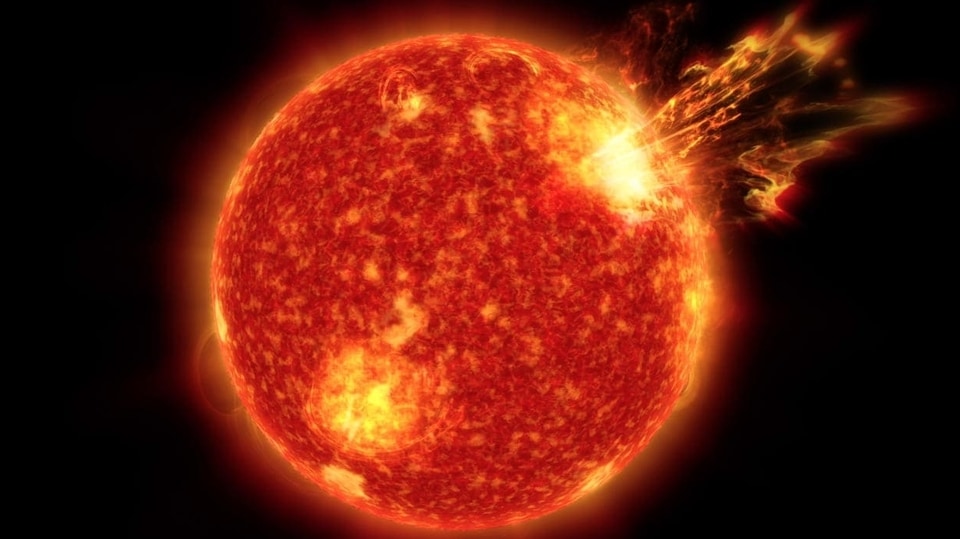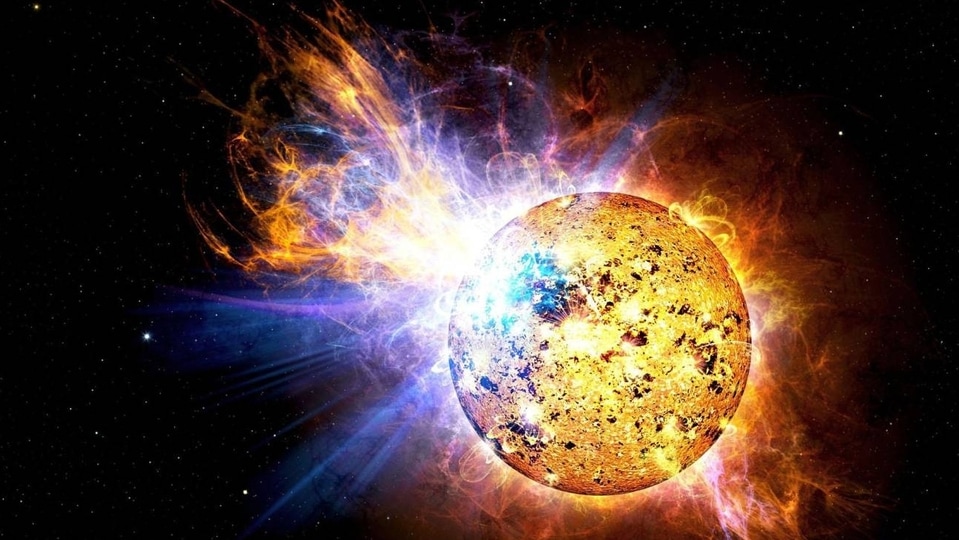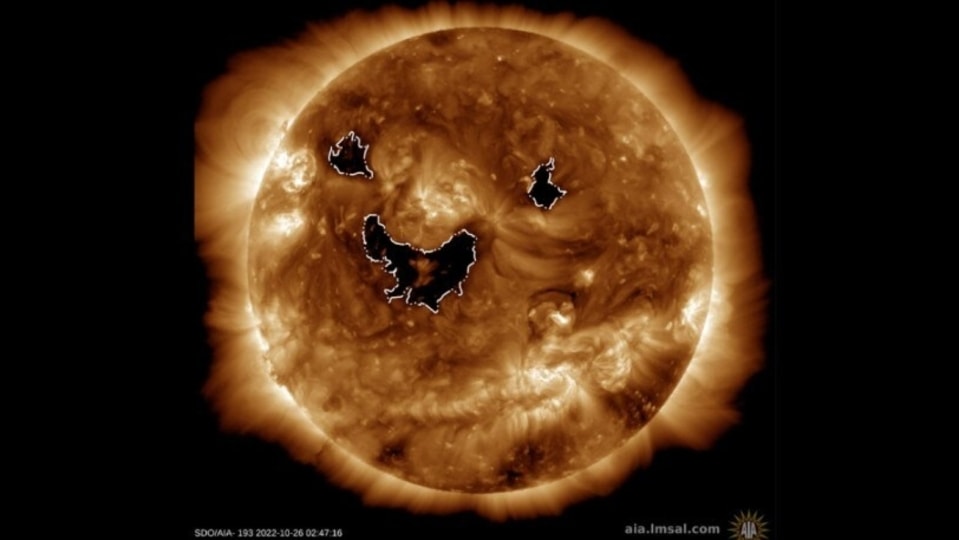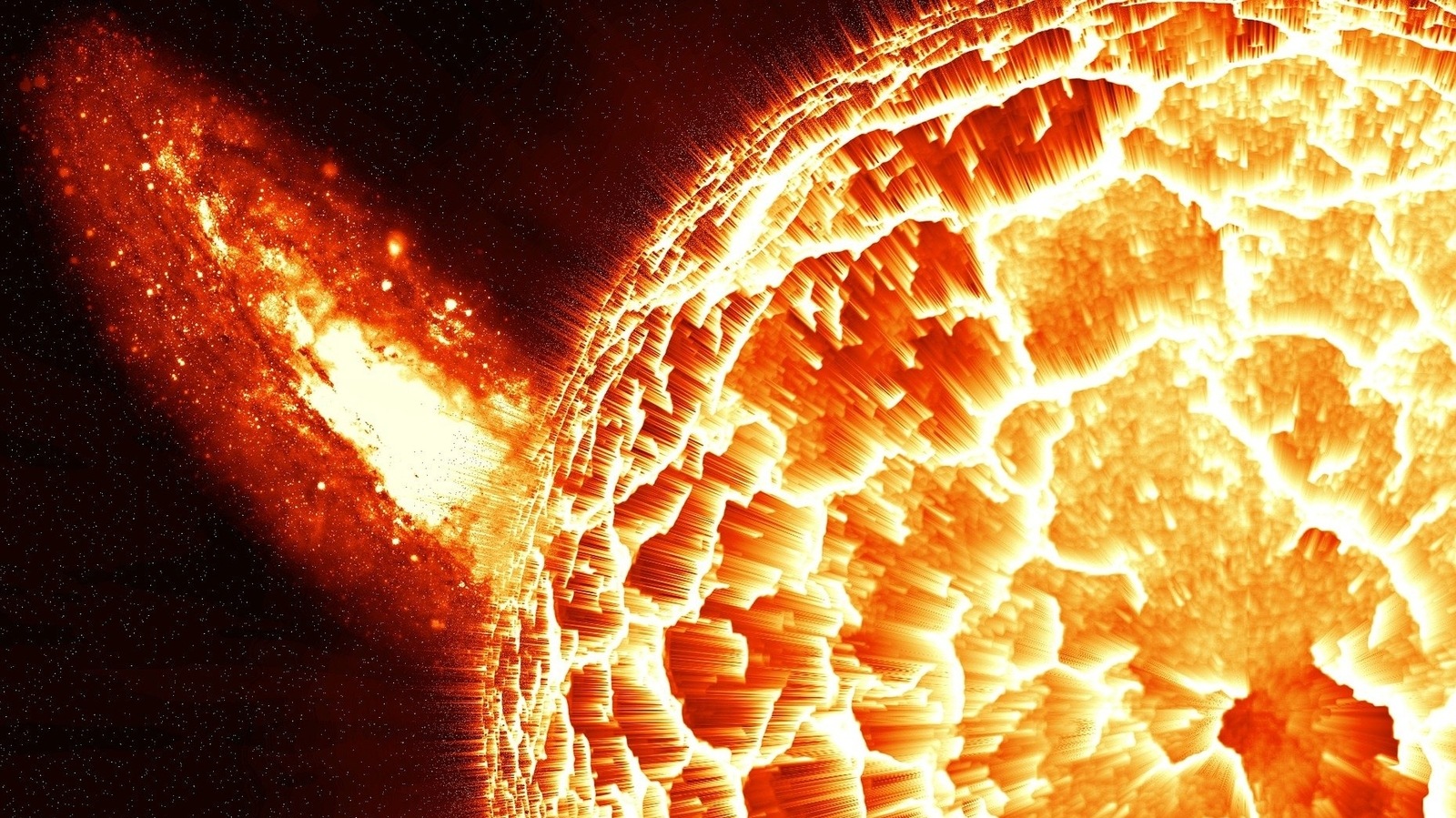Will Earth be blind to terrifying solar storms now?
The NASA Solar Dynamics Observatory has entered its eclipse season. Know what it is and whether the Earth will be blind to incoming solar storms.

_1658567219974_1658567228615_1658567228615.jpg)





 View all Images
View all ImagesHow do we know when a solar storm is about to hit Earth? A large part is because of the space telescopes and spacecraft that are continuously monitoring the Sun for any sign of solar activity. This is the reason we always get a 24 to 48 hours preparation time whenever a solar storm arrives. And a major part of the process is the NASA Solar Dynamics Observatory (SDO). However, things are going to change as the SDO has entered its seasonal eclipse phase when the Earth blinds the space telescope. If a solar storm were to strike the Earth now, would we be blind to it?
According to a report by SpaceWeather.com, “SDO eclipse season is underway. "Eclipse season" is a three-week period that comes twice a year near the equinoxes during which Earth blocks SDO's view of the sun for a short while (72 minutes at most) each day. The current season started on Jan. 20th and will be finished in mid-February”.
Will the NASA SDO eclipse affect our ability to predict solar storms?
Solar disturbances take time to reach the Earth. Solar storms, which are generally caused by coronal mass ejections (CME) particles, move slowly after being released into space, and can take up to two days before they strike the Earth's magnetosphere. But the way we predict solar storms generally is by observing the explosion on the Sun which can last just a few minutes. So, if an observing telescope misses out on that explosion, the incoming solar storm itself may be missed. With the NASA SDO losing up to 72 minutes a day, it can be crucial.
However, there is no need to worry due to multiple reasons. First, the SDO is not the only satellite monitoring the Sun. The National Oceanic and Atmospheric Administration (NOAA) also has a satellite called DSCOVR which does the same. So, even in the absence of SDO, it can continue to spot solar eruptions.
Further, the SDO is fitted with instruments such as the Atmospheric Imaging Assembly (AIA) and the Extreme Ultraviolet Variability Experiment (EVE) which can also read eruption signatures hours after the explosion. It can also detect high electromagnetic presence in space which will indicate the presence of CME particles in the general direction of the Earth.
Finally, there are many Earth-based satellites throughout the planet which also keep a track of solar disturbances. With so many fall-back measures, it is unlikely that a solar storm will escape the eyes of astronomers.
Catch all the Latest Tech News, Mobile News, Laptop News, Gaming news, Wearables News , How To News, also keep up with us on Whatsapp channel,Twitter, Facebook, Google News, and Instagram. For our latest videos, subscribe to our YouTube channel.




























